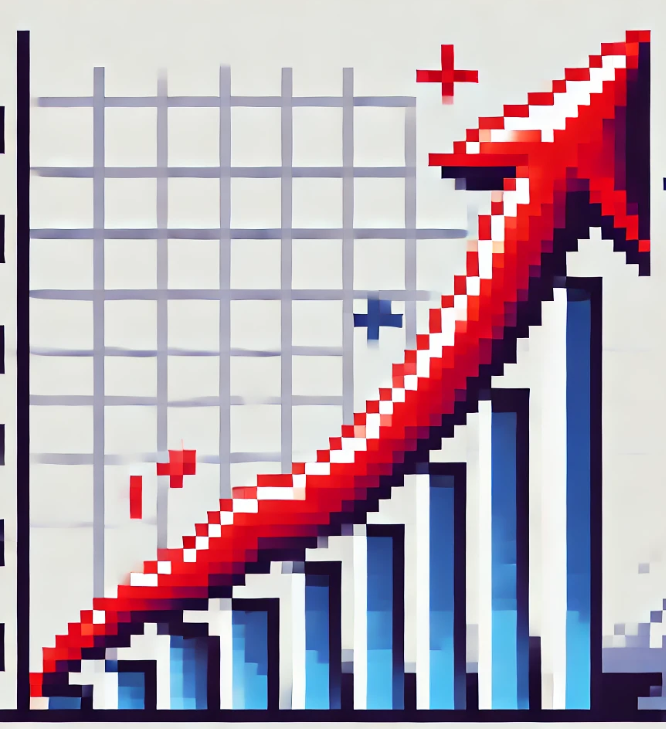
Implications of Rising Healthcare Spending
The future of healthcare spending in the United States paints a striking picture: healthcare costs are rising rapidly, and this trend is projected to continue for the next decade.
By 2032, nearly 20% of the nation’s gross domestic product (GDP) will be devoted to healthcare. This significant increase from 17.3% in 2022 signals a major shift in the economic landscape, with profound implications for individuals, businesses, and the government.
A Surge in Health Care Utilization
In 2023, healthcare spending surged by an estimated 7.5%, largely driven by increased healthcare utilization. Following the end of the COVID-19 public health emergency, the population’s insured rate hit a record high of 93.1%. With more people insured, the demand for healthcare services naturally escalated. Medicaid enrollment reached unprecedented levels, boosting overall healthcare use and spending.
Changing Faces of Insurance Coverage
As we move into 2024, we expect significant shifts in insurance coverage. Medicaid enrollment is projected to decline as states reassess eligibility. Conversely, private health insurance enrollment is set to rise due to extended subsidies under the Inflation Reduction Act (IRA) of 2022 and special enrollment periods for those losing Medicaid coverage. These changes reflect the fluid nature of health insurance dynamics and their impact on national healthcare spending.
The Role of Legislation in Healthcare Spending
The IRA is a critical piece of legislation that will shape healthcare spending over the next few years. This act extends enhanced subsidies for private health insurance, expands Medicare’s drug benefits, and introduces drug price negotiations. These measures are designed to reduce out-of-pocket costs for individuals and control the overall growth of healthcare spending. However, the expiration of these subsidies in 2026 will likely lead to shifts in insurance coverage and spending patterns.
Projected Trends and Impacts
From 2027 to 2032, healthcare spending is expected to grow faster than the economy, averaging 5.6% annually compared to a 4.3% growth rate for GDP. Several factors, including rising personal healthcare prices and increased demand for services as the population ages, drive this trend. By 2032, healthcare spending will represent nearly one-fifth of the nation’s economy.
The Rising Cost of Prescription Drugs
Prescription drug spending is a significant component of healthcare costs. Despite measures to control these costs, spending on medications is expected to continue rising. Medicare will experience the highest growth rates among major payers, partly due to the aging population and increased enrollment in the program. The IRA’s provisions will also impact drug spending, with negotiations and price caps aiming to mitigate some of these costs.
Implications for Public Health
The projected increase in healthcare spending has critical implications for public health practitioners and researchers. Understanding these trends is essential for planning and resource allocation. For example, the expected decline in Medicaid enrollment will require strategies to ensure that vulnerable populations continue to receive necessary care. Additionally, the rise in private health insurance enrollment presents opportunities and challenges for public health initiatives aimed at prevention and early intervention.
Economic and Social Impacts
The growing share of the economy devoted to healthcare will have broad economic and social impacts. Higher healthcare costs can strain household budgets, reduce disposable income, and impact overall economic growth. For businesses, rising health insurance premiums can lead to higher operational costs and potentially affect employment and wages. Policymakers will need to balance these economic pressures with the goal of providing comprehensive and affordable healthcare to all citizens.
Join the Conversation
We want to hear from you! How do you think rising healthcare costs will impact your personal or professional life? What strategies do you believe can help control these costs while ensuring quality care?
Share your thoughts in the comments below or join the discussion on social media.
Conclusion
The projected increase in healthcare spending underscores the importance of proactive planning and policy interventions. As healthcare costs continue to rise, individuals, businesses, and the government must work together to find sustainable solutions. By understanding these trends and their implications, we can better prepare for the future and ensure that healthcare remains accessible and affordable for all.
Empower Your Network – Subscribe and Share!
Unlock key insights with ‘This Week in Public Health.’ Subscribe for free and share to drive change as part of a dedicated community.



